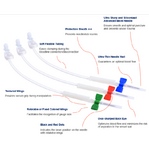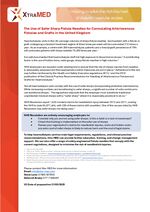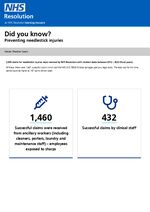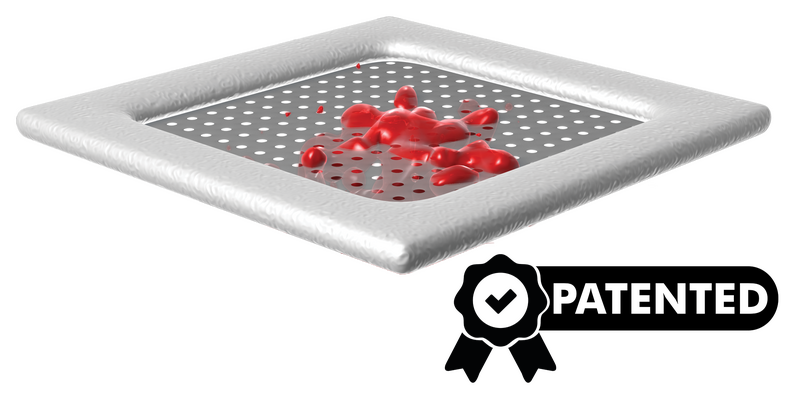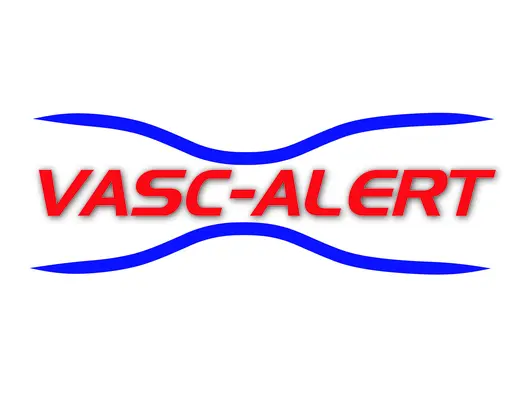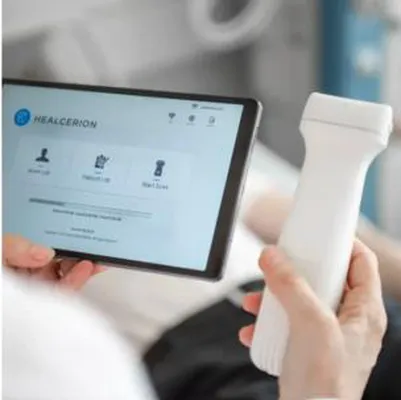Safer Sharp Safety Needles
Reduce the risk of needlestick injuries
XtraMed offers the DORA® range of Safety Needles.
With their advanced long-bevel design, they offer low punch-through resistance.
The safety mechanism is unobtrusive and easy to lock in place.
With their advanced long-bevel design, they offer low punch-through resistance.
The safety mechanism is unobtrusive and easy to lock in place.
Clinical Information:
The Use of Safer Sharp Fistula Needles for Cannulating Arteriovenous Fistulae and Grafts in the United KingdomHaemodialysis units in the UK use large volumes of sharp fistula needles. Each patient with a fistula or graft undergoing a standard treatment regime of three times per week will be cannulated 312 times a year. As an example, a centre with 300 haemodialysis patients and a fistula/graft prevalence of 75% will cannulate patients with sharp needles 70,200 times per year.1
It is well documented that haemodialysis staff risk high exposure to blood-borne viruses.2 A contributing factor is the use of hollow-bore, wide-gauge, sharp fistula needles in high volumes.3
NHS employers are required under existing law to ensure that the risk of sharps injuries from needles is adequately assessed and that appropriate control measures are put in place.4 Adherence to this law was further reinforced by the Health and Safety Executive regulations 2013,4 and the 2018 publication of the Clinical Practice Recommendations for Needling of Arteriovenous Fistulae and Grafts for Haemodialysis.6
Not all haemodialysis units comply with the use of safer sharps (incorporating protection mechanisms). While increasing numbers are transitioning to safer sharps, a significant number of units continue to use traditional sharps.1 The regulations stipulate that the employer must substitute traditional unprotected medical sharps with a “safer sharp” where it is reasonably practical to do so.4
NHS Resolution report 1,833 incident claims for needlestick injury between 2012 and 2017, costing the NHS to date £4,077,444, with 326 of these claims still unsettled. One of the causes cited by NHS Resolution was safer sharps not being used.5
NHS Resolution are actively encouraging employers to:
- Consider why you are not using safer sharps. Is this a habit or a lack of awareness?
- Check that training is implemented on the safer use of sharps
- Review your organisation's claims for needlestick injuries, costs and hidden costs - any extra cost of safer sharps is likely to reduce harm and the cost of legal claims
To help haemodialysis centres meet legal requirements, regulations, and clinical practice recommendations, XtraMed can provide further education, training, and change management support. We can also offer a range of safety-engineered fistula needles that comply with the current regulations, designed to minimise the risk of needlestick injuries.
- Data on file XtraMed
- Perry et al. (2001), Exposure safety -reducing sharps injuries in dialysis settings, nursing,78
- NHS Employers Handbook: www.nhsemplyers.org/~/media/employers/.../needlestick20injurypdf
- Health and Safety (sharp instruments in healthcare) regulations 2013, guidance for employers and employees, Health and Safety Executive
- NHS Resolution- Did you know, preventing needlestick injuries, May 2017 www.nhsresolution.nhs.uk
- British Renal Society & Vascular Access Society of Britain and Ireland. (2018). Clinical Practice Recommendations for Needling of Arteriovenous Fistulae and Grafts for Haemodialysis.
Images - Click to enlarge


